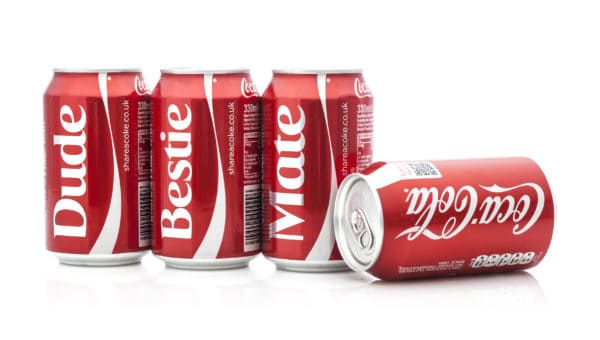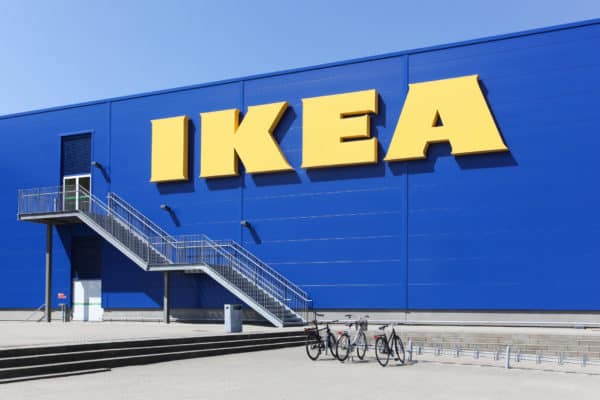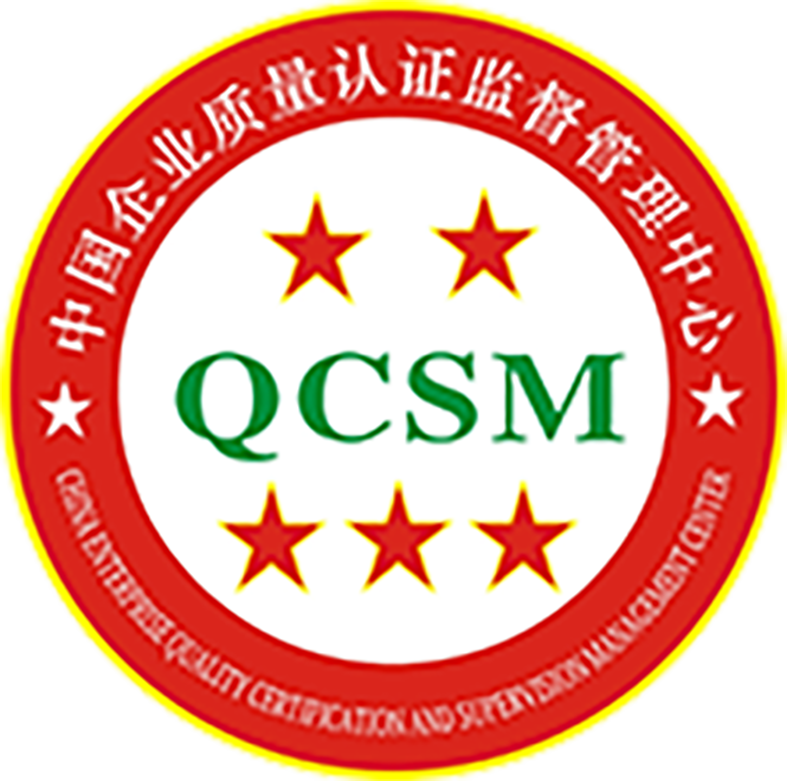Nausheen I. Chen, visual strategy analyst, CEO and co-founder of Zen & Zany, shares some strategies for bringing your company abroad.

Nausheen I. Chen
Internationalization expert, Filmmaker, Public speaker and trainer
Ogilvy China’s report on “Making Chinese Brands Matter Globally” [1] claims “A strong brand does not only help attract consumers or customers, but it also paves the way for better government and media relations, helps attract talents in local markets and helps to forge partnerships with distributors and suppliers. The same report also states that for most brands expanding overseas, a clear branding strategy often comes as an after thought.
The first decision that you, as the brand owner, must make is whether your brand can retain the identity that it’s already established in its local market or assume an entirely new one for the overseas market. In either case, the key to unlocking the international potential of your brand is to understand that you cannot just translate your brand materials from Chinese to English or another language when you’re expanding into overseas markets.
Going “Glocal”
Creating an international presence entails having a deep understanding and insight into the cultural context of the market you’re targeting, and tailoring, adapting and localizing your marketing materials to match the target audience’s values, beliefs and expectations. Take for example, the simple act of slurping noodles. In one cultural context, it might indicate sheer enjoyment and in another, a lack of sophistication.
Creating “centralized” marketing materials in one language with one cultural context can often lead to a lack of effective communication. And when cultural contextualization is done right – it can have impactful, lasting results in the hearts and minds of target consumers. Going “Glocal” is a very commonly used term in marketing to denote the act of thinking globally, acting locally. For successful brands that internationalist well, this means ensuring that their communication resonates with local markets.

One global brand truly stands out as becoming a beloved local brand in every single market they have penerated: Coca-cola. And at the heart of its successful marketing is successful localisation: one of the most successful Coke campaigns has been the “Share a Coke” campaign – which prints local names on Coca-cola bottles, suited to each market that they’re in. In India, they will print “Rajesh” and “Sunita”, while “John” and “Sarah” might be more common in the UK. This campaign truly transcends local boundaries by working on the insight that everyone likes seeing their name on a Coke bottle – and then works on local insights by localizing the actual names to be printed on the labels.
At it’s core, internationalization entails changing and adapting the cultural context of your brand – taking the brand to a new environment and enabling a new audience to interact with it.
“A brand is an intangible value built over time and includes much more than just advertising. It’s the product itself, the customer experience, the retail design and so on, all amounting to a clear brand purpose.[2]”

Cultural adaptation
One of the most successful examples of cultural adaptation is IKEA. Forbes claims that one of the important factors driving the global expansion of the Swedish brand is that it “has been ever diligent about keeping its overall ambience and business model consistent while adapting it to local taste levels and cultures” [3]. This adaptation is very deliberate: for some parts of its business model, IKEA has retained its Swedish origins – especially when it comes to its brand image. But for others, it has adapted to each culture it’s present in: such as offering on-site assembly to non-DIY friendly markets like India.
Culturally adaptive communication is a game of finding the right balance: it affects internal communication between employees from diverse backgrounds as well as advertising and brand marketing. When looking to expand your presence outside of China, one of the first stakeholders you’ll need to communicate with could be potential buyers and distributors.
These stakeholders become advocates of your brand and brand story: therefore, your communication with them has to be clear and transparent. Not paying attention to the right language, terms or even tone of voice could be the difference between establishing trust or losing out on important business opportunities.
External communication: advertising, marketing and social media management of your international platforms is just as, if not more, important for your internationalization strategy. The copy that you use on Chinese social media platforms may not work simply translated into English and copy pasted on Instagram or Facebook. Changes in language are underscored by cultural context. For internationalization, everything from your tagline, to your tone of voice, to the call to action embedded in your posts must be looked at through the lens of the culture that you’re addressing.
Product innovation and value proposition aren’t enough anymore: brand love, loyalty and resonance with the target audience are built through building and telling brand stories.
Visit hktdc.com Sourcing for more trending products and latest sourcing trends

















